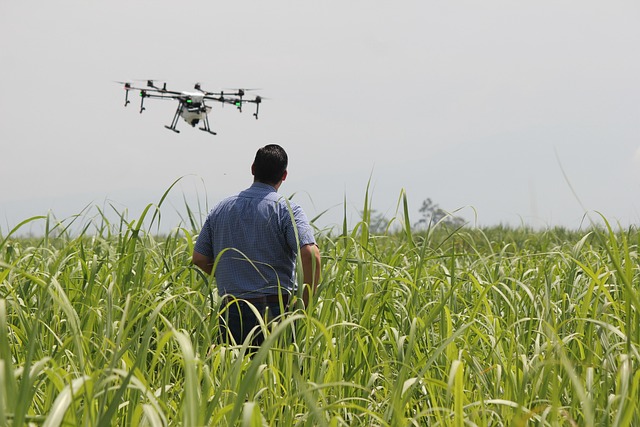What is Precision Fermentation?

Think of precision fermentation like using tiny, programmed microbial factories (such as yeast, bacteria, or algae) to create specific ingredients – proteins, fats, vitamins, flavors – on demand. Unlike traditional fermentation (think beer or yogurt) which uses microbes to transform complex raw materials into a mixture of products, precision fermentation instructs specific microorganisms, often enhanced through biotechnology, to produce pure, targeted compounds efficiently and reliably.
Key Advantages Driving Adoption

- Sustainability: Slashes land use, water consumption, and greenhouse gas emissions compared to conventional animal agriculture.
- Ethical Production: Creates animal-free proteins and ingredients, eliminating animal welfare concerns for these specific components.
- Unmatched Control: Delivers highly consistent product quality and purity through precisely managed and reproducible processes.
- High Efficiency: Produces specific, high-purity ingredients, potentially at large scale, more effectively than some traditional extraction or farming methods.
- Tailored Nutrition & Functionality: Enables crafting ingredients with customized nutritional profiles or specific functional properties (like texture or binding).
Real-World Applications & Examples
Precision fermentation is already powering innovation across the food industry. Here's where it's making an impact:
- Dairy Proteins (Without Cows): Companies brew actual casein and whey proteins, enabling animal-free milks, cheeses, and ice creams with the familiar taste, texture, and nutrition of dairy.
- Egg Proteins (Without Hens): Fermentation produces key egg proteins (like ovalbumin) for superior baking, foaming, and binding properties in foods, mimicking the functionality of chicken eggs.
- Sustainable Fats & Oils: Creates tailored fats and oils, offering alternatives to environmentally taxing options like palm oil or providing specific fatty acid profiles for nutritional benefits.
- Enhanced Meat Alternatives: Producing heme iron (the molecule largely responsible for meat's characteristic flavor and color) via fermentation significantly boosts the sensory appeal of plant-based meat products.
- Vitamins, Flavors & Enzymes: Efficiently produces specific vitamins (e.g., B12), natural flavors, colorants, and enzymes used widely in food processing and fortification.
Pioneering companies like Perfect Day use this technology to make real whey protein found in animal-free ice cream and cream cheese. Similarly, The EVERY Company produces versatile egg proteins through fermentation for diverse food applications.
Challenges and Considerations
Despite its promise, precision fermentation faces significant hurdles. Key challenges include achieving cost-effective large-scale production to compete with conventional ingredients, navigating complex and varied global regulatory frameworks, and building broad consumer understanding and acceptance, particularly regarding the use of genetically engineered microorganisms.
Shaping the Future of Food
Precision fermentation isn't just an incremental improvement; it represents a fundamental shift towards building a more sustainable, ethical, and resilient global food system. As the technology matures, scales, and costs decrease, it promises to unlock novel food possibilities and play a critical role in nourishing a growing world population responsibly.